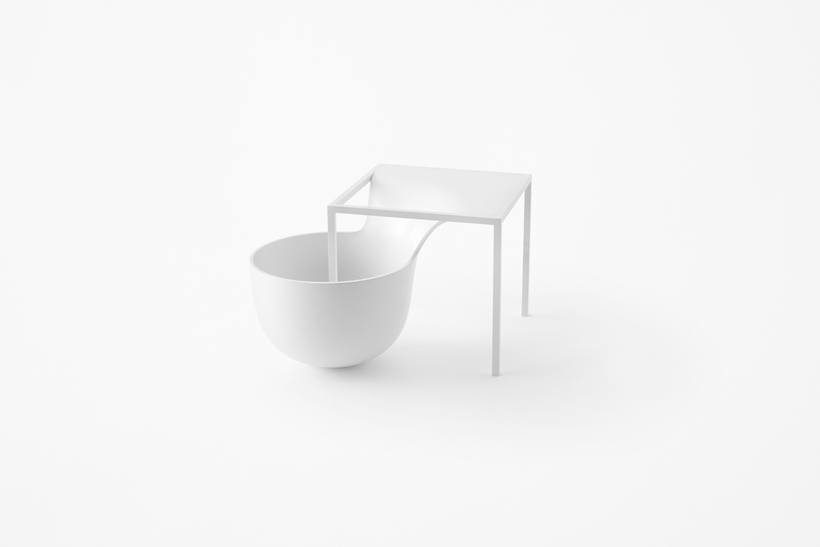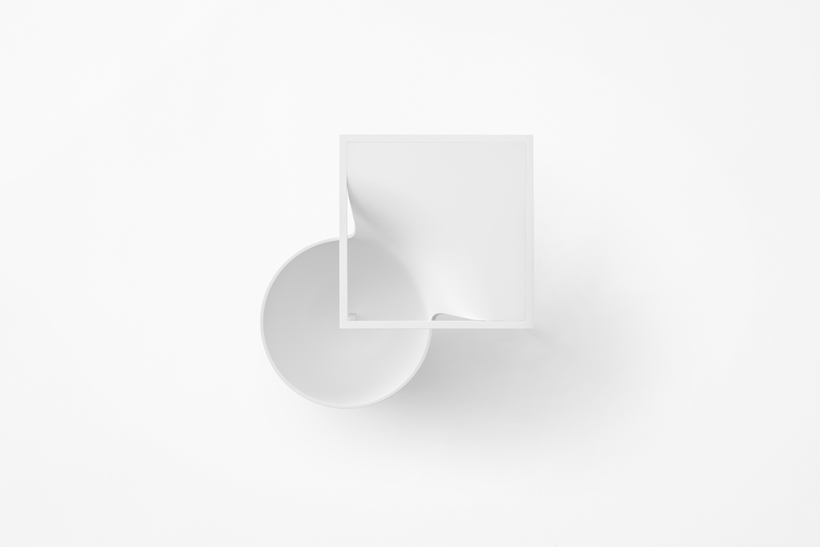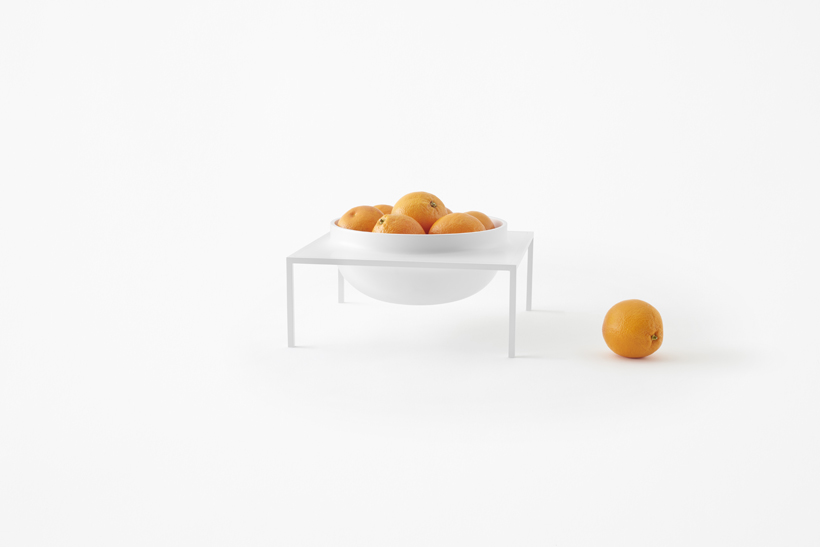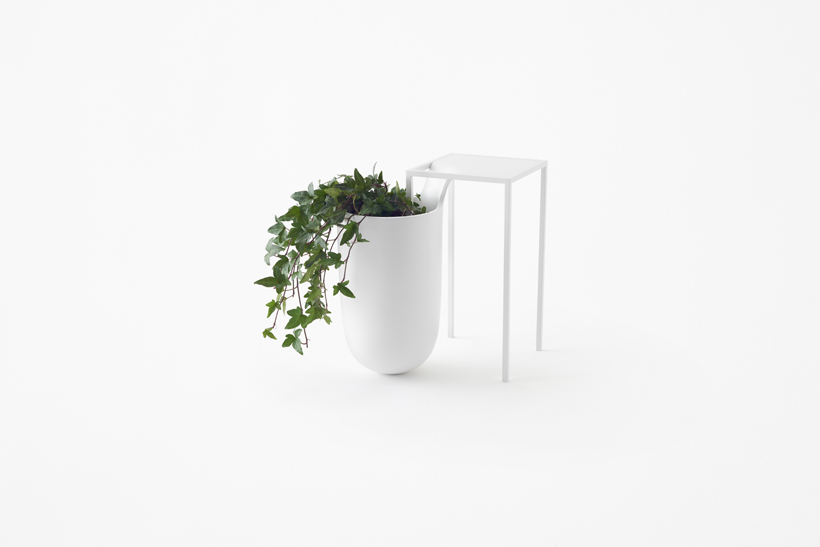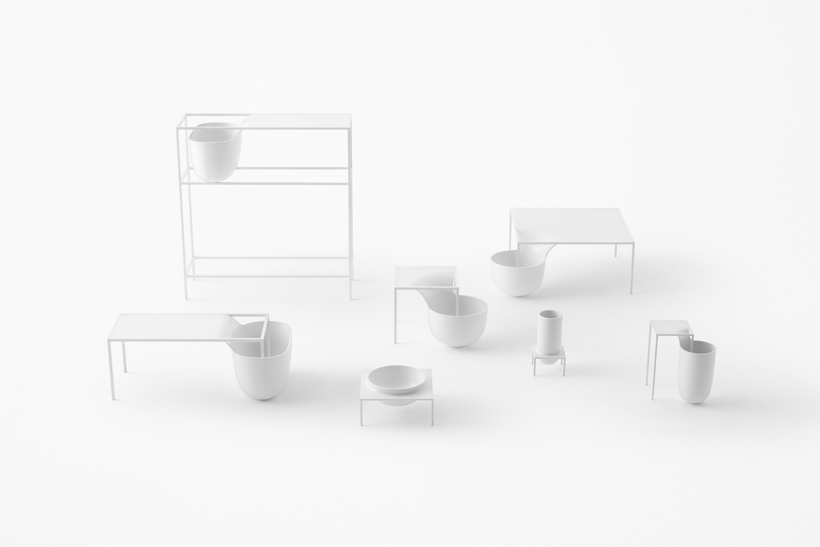nendo at Milan Design Week 2017
Milan Design Week is a celebration of design, separate from but coincident in time with Salone del Mobile, that literally takes over the entire city of Milan. The highs and lows, nooks and crannies of the city are full of secret and not-so-secret showrooms, installations and events of all sizes. If we, officeinsight, were a primarily a global publication, we would have the opportunity to cover the event much more widely than is relevant to our mostly stateside readership.
But since most of our audience reports attending shows such as Salone del Mobile for “Inspiration,” we couldn’t resist giving you a taste of something on show in Milan this week. And since it’s difficult to highlight just one firm or one event or one newly introduced product, we selected something that to us was quite inspirational – the eclectic work of Japanese design firm nendo, headed by Chief Designer Oki Sato. The following excerpts are some of nendo’s work at the show this year – from the functional and form-heavy to the delicate and mercurial.
Look next week for an extended insider’s look at “i Saloni” (the Salons) from officeinsight Publisher Bob Beck.
“invisible outlines”
Concept: “We tend to perceive the existence and positioning of objects by subconsciously following ‘outlines,’ and by distinguishing the “inside and outside” of these contours.
This also means that objects with obscure outlines cannot always be identified as objects, and conversely if outlines are visible, that information which is not visible can be subconsciously supplemented.
The exhibition takes this fundamental principle into account, and the following ideas were implemented as a theme.
The existence of items is blurred by manipulating outlines in various ways, or the viewers can recognize some existence of an item visually in their minds by making invisible outlines visible.
In total 16 collections were amassed including the following: “border table” which presents a fragmented contour of rooms, “trace collection” capturing “traces” of movement, ‘un-printed material,’ a piece that portrays various forms and expressions of paper through outline, “80 sheets of mountains” which features mountain range using outlines with cut and elongated sheet material,
‘objectextile’ a collaboration project with Jil Sander, where contours of 3D objects are retrieved and turned into textile, and “jellyfish vase” a new piece that attempts to reestablish the relationship between vase and water with colour boundaries.”
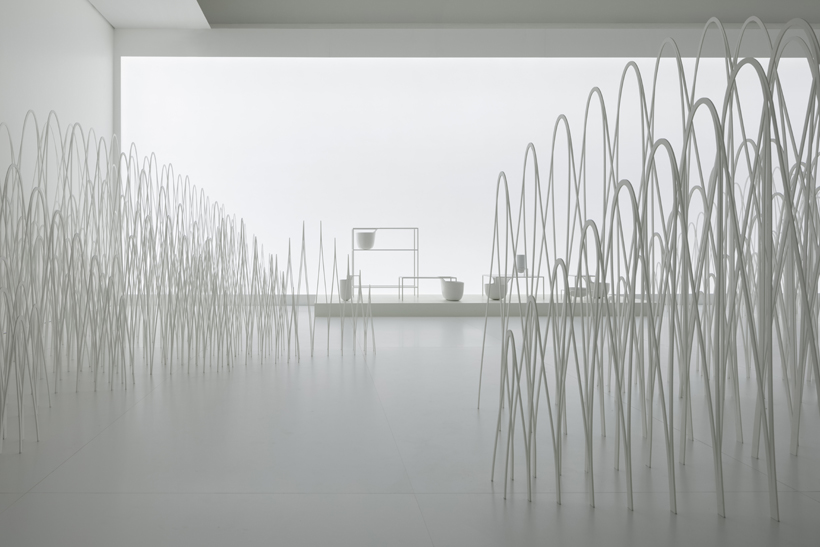
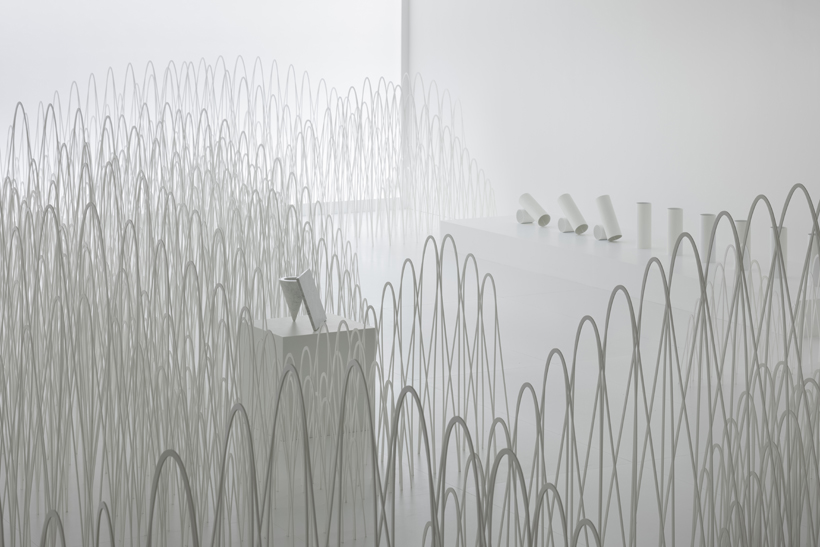

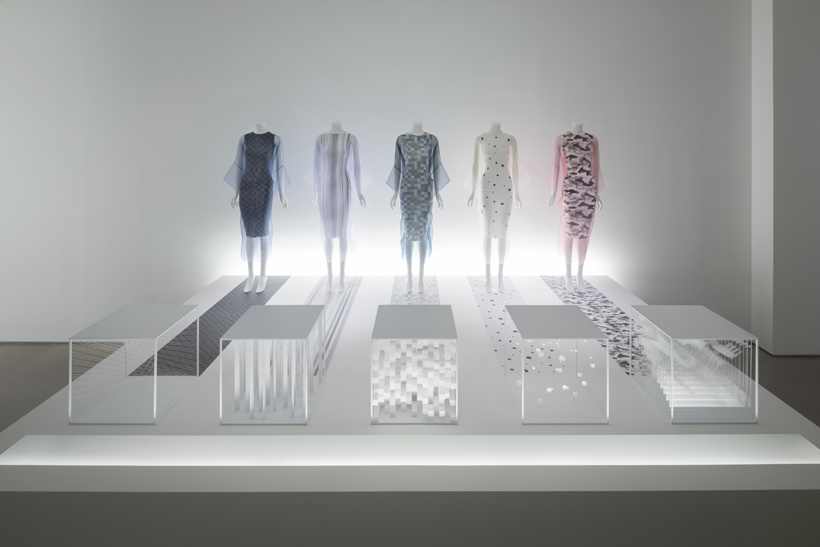
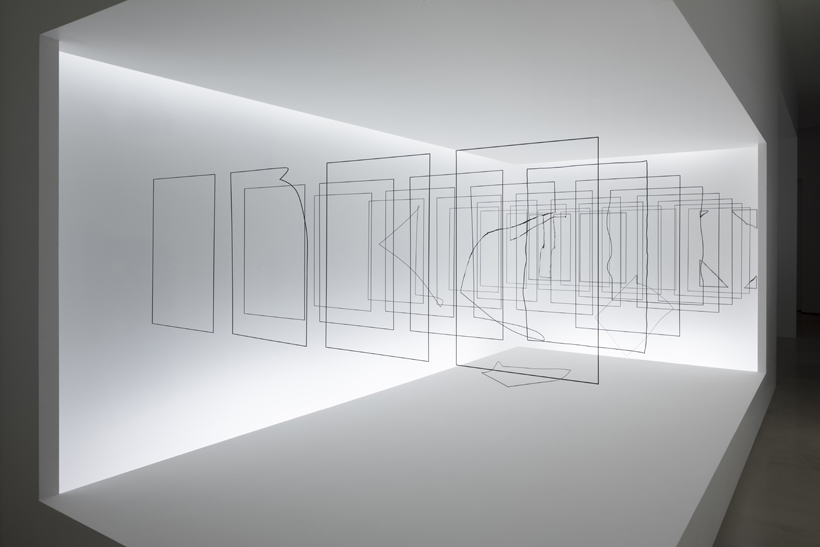
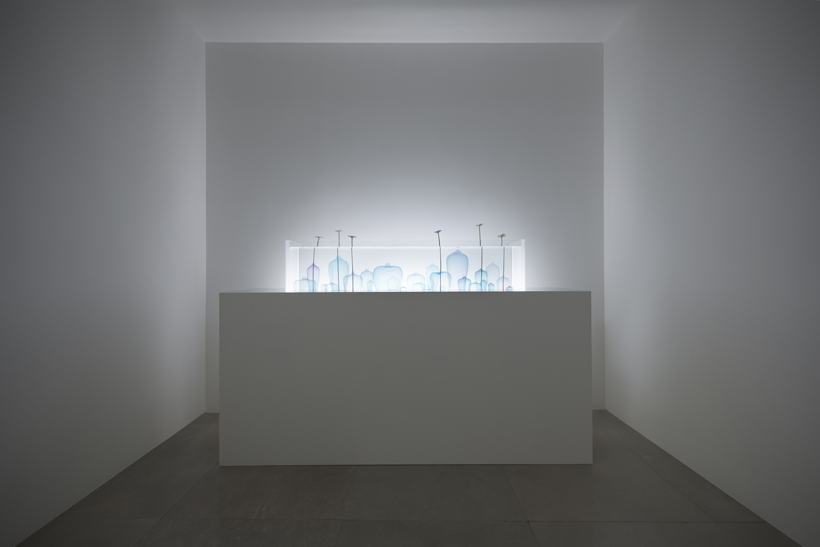
“slice of time”
Concept: “An installation for the Italian luxury watchmaker PANERAI.
First a design was made of a transparent “empty-shell like clock” that offers condensed characteristics of the PANERAI brand, consisting of hour markers using one-stroke numerals and square-shaped cases. The design was then elongated to a 16m length using the extrusion molding process. A clock was then manually made by slicing this “empty-shell clock” piece by piece, turning them into a finished product for the visitors to take home. Clocks of various proportions were created naturally by using the ‘ages’ of the visitors converted into “millimetres.” A circular atelier space was set up for each production stage such as ‘polishing,’ ‘sandblasting’ and ‘assembling.’ The gradual formation of the clock while these spaces engaged and interlocked bore a resemblance to a “gearwheel of a watch”. The clock is created at a pace of one every 5 minutes. The long and narrow “empty-shell like clock” becomes shorter, as it is sliced one by one, over the duration of the exhibition, and the installation is complete when it disappears. In other words, the” empty-shell like clock” is an apparatus that enables time to be perceived like an hourglass.
By reducing ‘time’ to ‘length’ which is similar to ‘selling time by the measure” visitors experience time in a new and extraordinary way; and what is more can “take back their own time.”
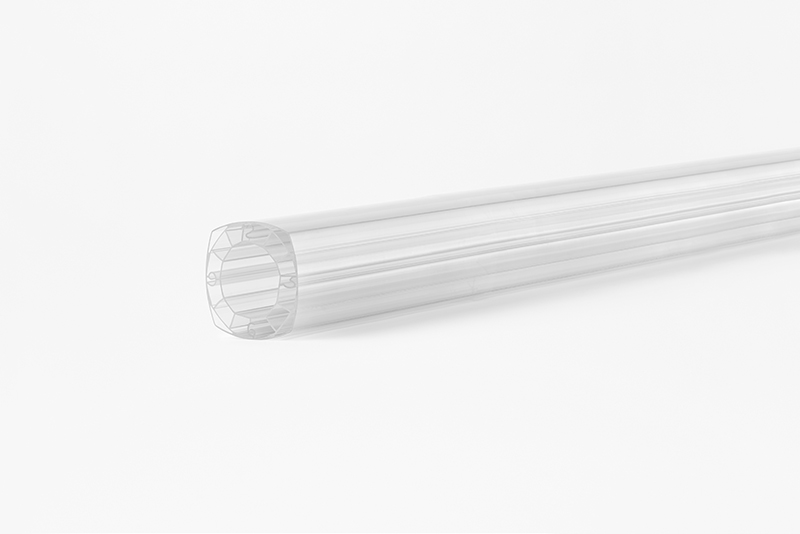
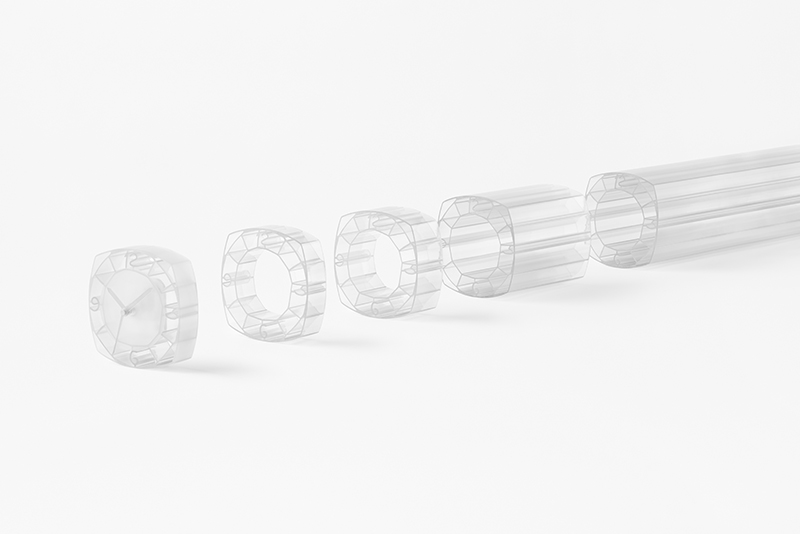

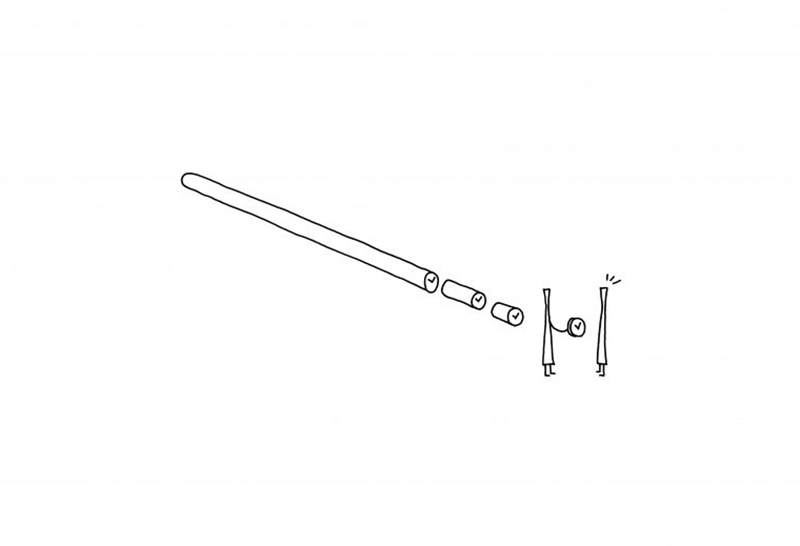
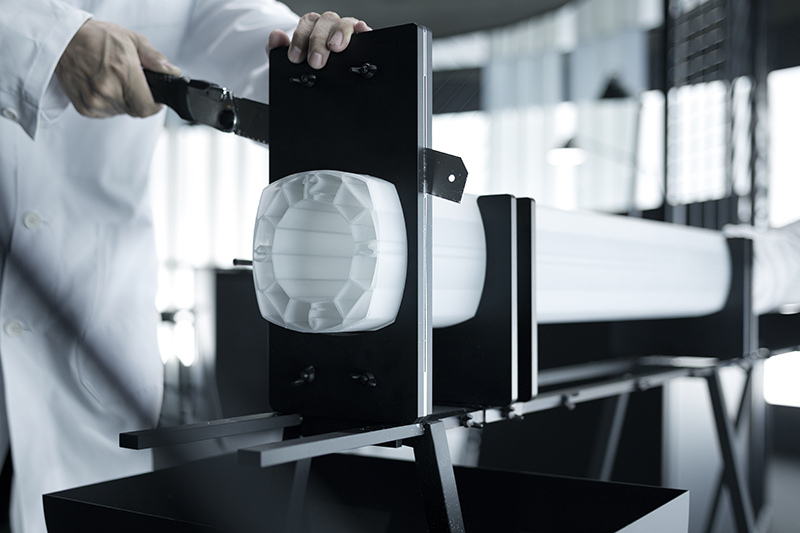


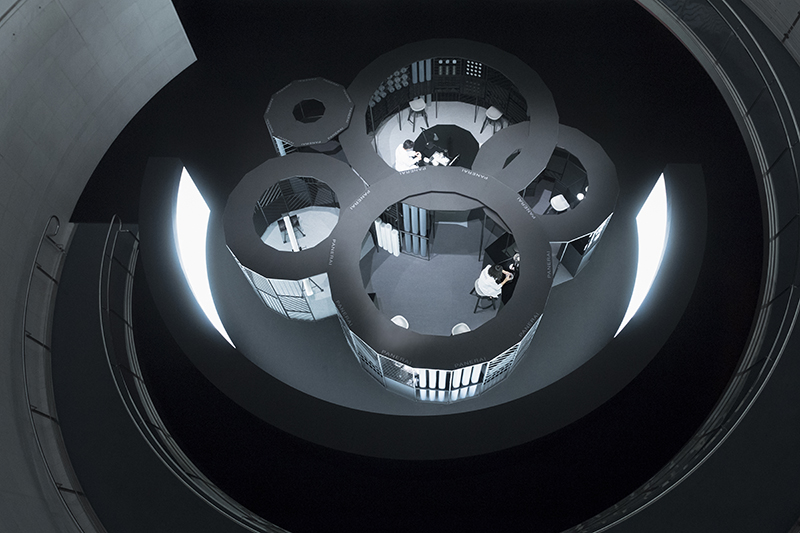
“objectextile” / for Jil Sander
Concept: “A collaboration project where a textile pattern is created by taking a photograph of an object mounted inside a square frame, followed by a fashion item being created by Jil Sander’s creative team.
Since all the objects are pure white, the shadows and the appearance can change drastically with a slight alteration in the setting of lighting or depth of field. Hence the fixing work of the object and the shooting menu were carried out interchangeably, such as distorting the object in proportion to the distortion of the outer periphery of the lens, or instead changing the shooting method according to the object.
Subsequently, textile patterns were narrowed down to five types, which are check patterns made with tightly woven thread, dot patterns expressed by the depth of 82 pieces of floating cones, grid patterns made up of the shadows of an aggregation of cubes, camouflage patterns created by the differences in the frost and clear finishes of transparent acrylic sheeting, and stripe patterns originated by a group of flat shaped pillars.
A design that was formed by converting 3 dimensional into 2 dimensional and then converting back into 3 dimensional again.”








“sawaru” / for Flos
Concept: “A lighting consisting of two independent cylinders touching each other in a perpendicular direction. One plays the role as a light source, while the other acts as a base, and the projection angle can be altered into 3 stages: 25 degrees, 40 degrees and 60 degrees, by inserting the pin attached to the base. Furthermore, by removing the base, the light source can be laid onto the floor to directly illuminate the floor. Various functions are made possible by doing away with excess elements and creating a simple form.”
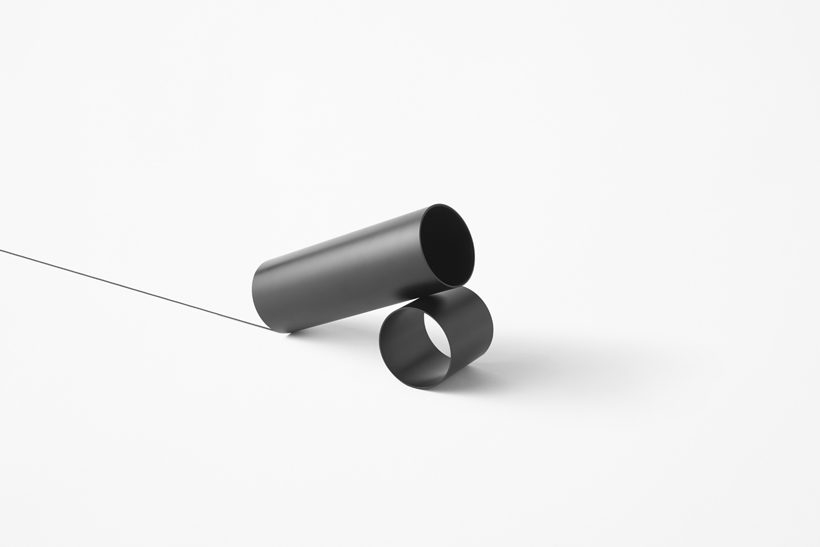

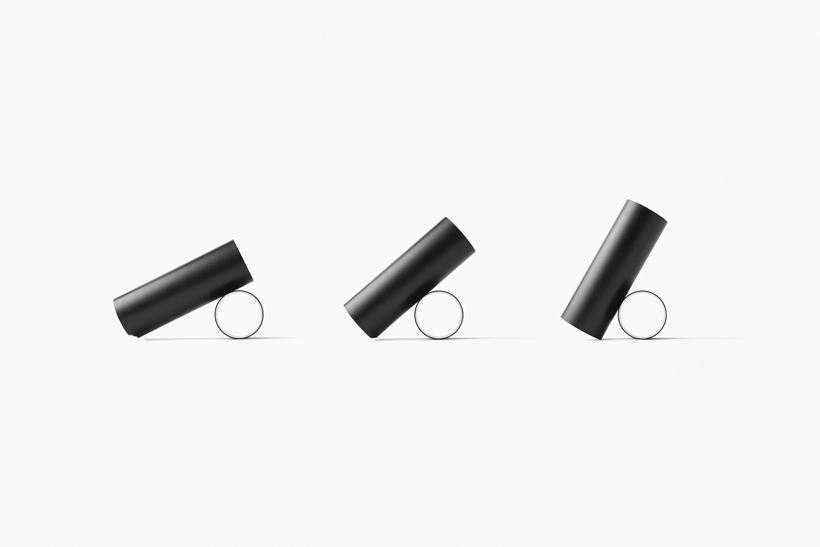
“gaku” / for Flos
Concept: “An adjustable-height pendant lamp hangs down inside of one box, while a second design features non-contact charging functionality to power a matching spot or luminescent lamp. Usually, the lamp is simply left on the charging dock, and then moved around freely when lighting is needed elsewhere. The directional lamp features a magnet that allows it to be placed at an angle, making it easy to adjust the direction of spot to be lighted.
Lamp settings include a mode during which they are turned on when sitting on the charging dock and turned off when moved away so that the location of the lighting itself serves as a power switch. Bowls, vases, a tray, a mirror, bookends, and other accessories are held in place by magnets, keeping them held firmly in place at the centre of the box without the need for a large area of contact. An assortment of accessory-like lighting and lighting-like accessories makes combining the two simple, as if one were casually rearranging the interior of a miniature room.”
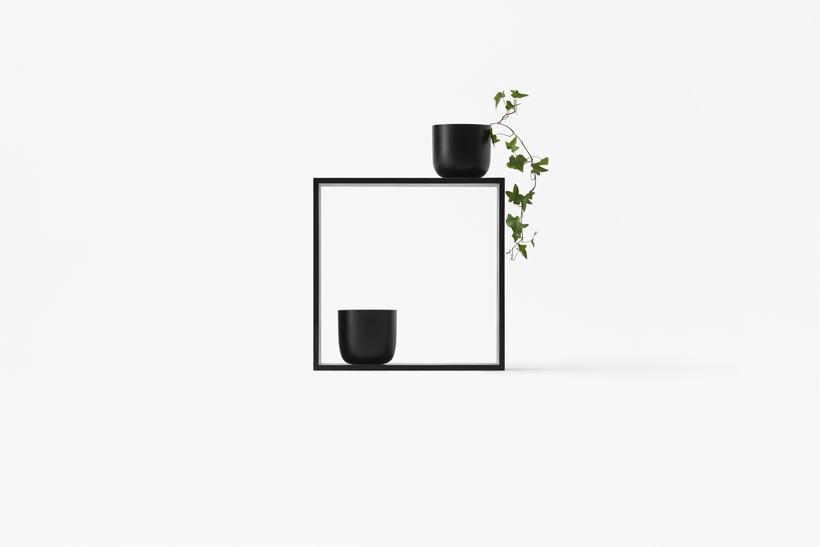
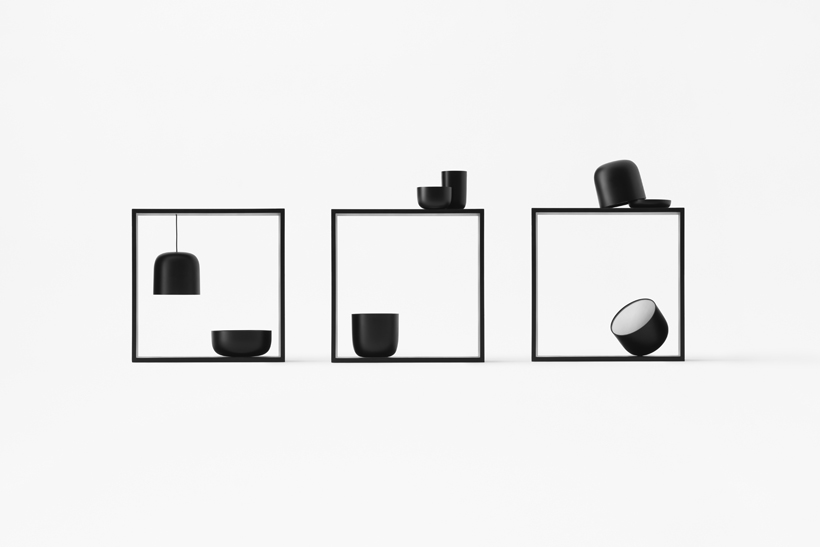
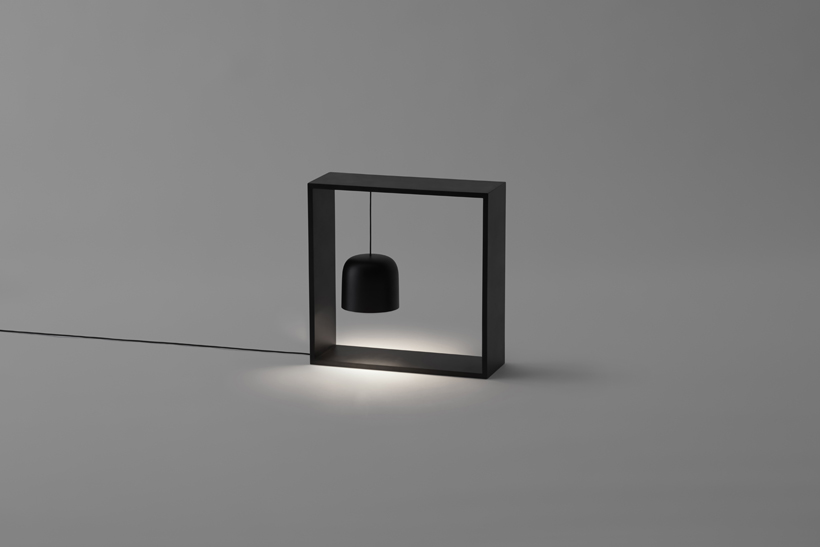
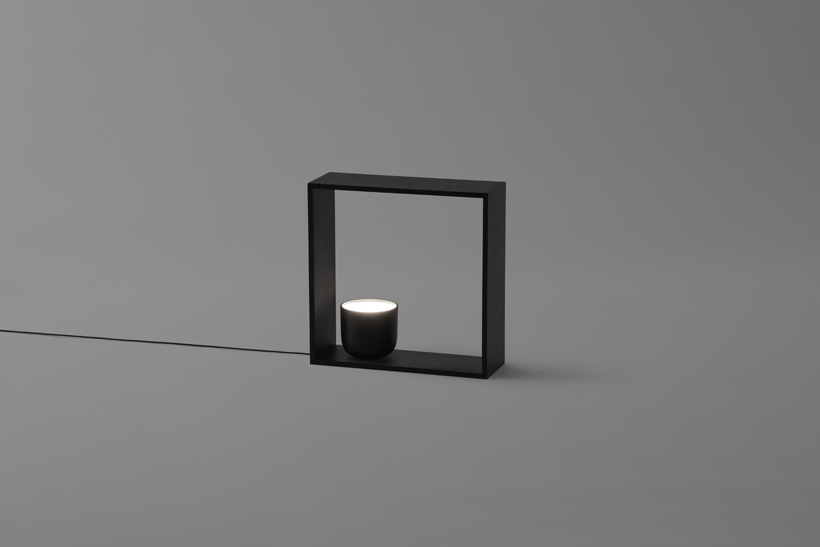
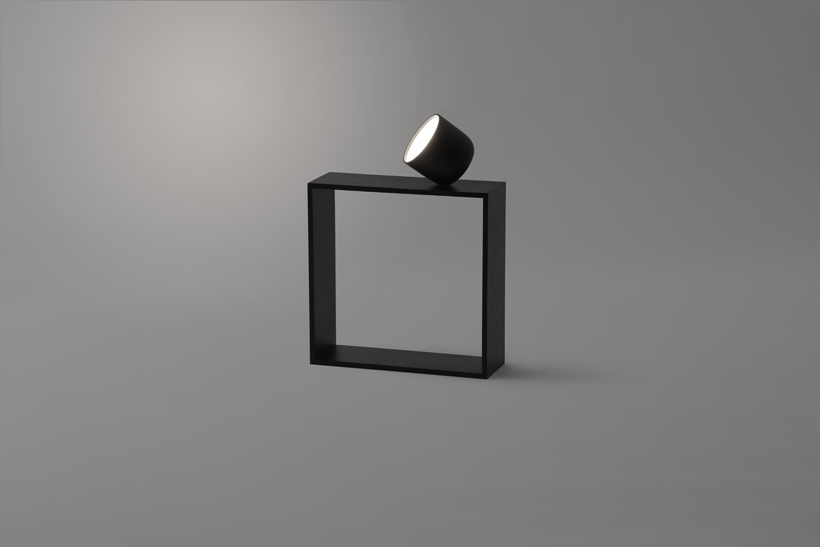
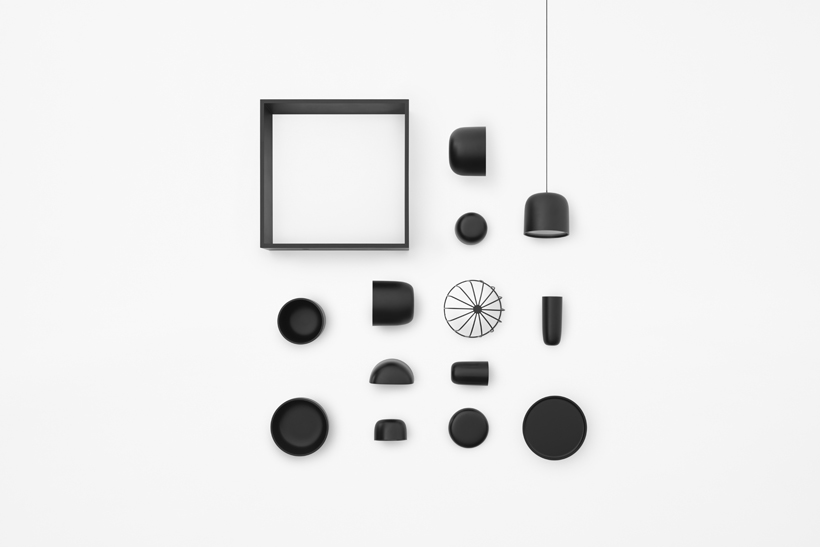
“flow” / for Alias
Concept: A table to hold something on top and a container to hold something within. Part of the tabletop appears to melt away and form a container below, as if it were completely oblivious to the table’s frame structure.
The enigmatic pieces of furniture achieve a fluid fusion of functionality serving to hold something either on top or within.
